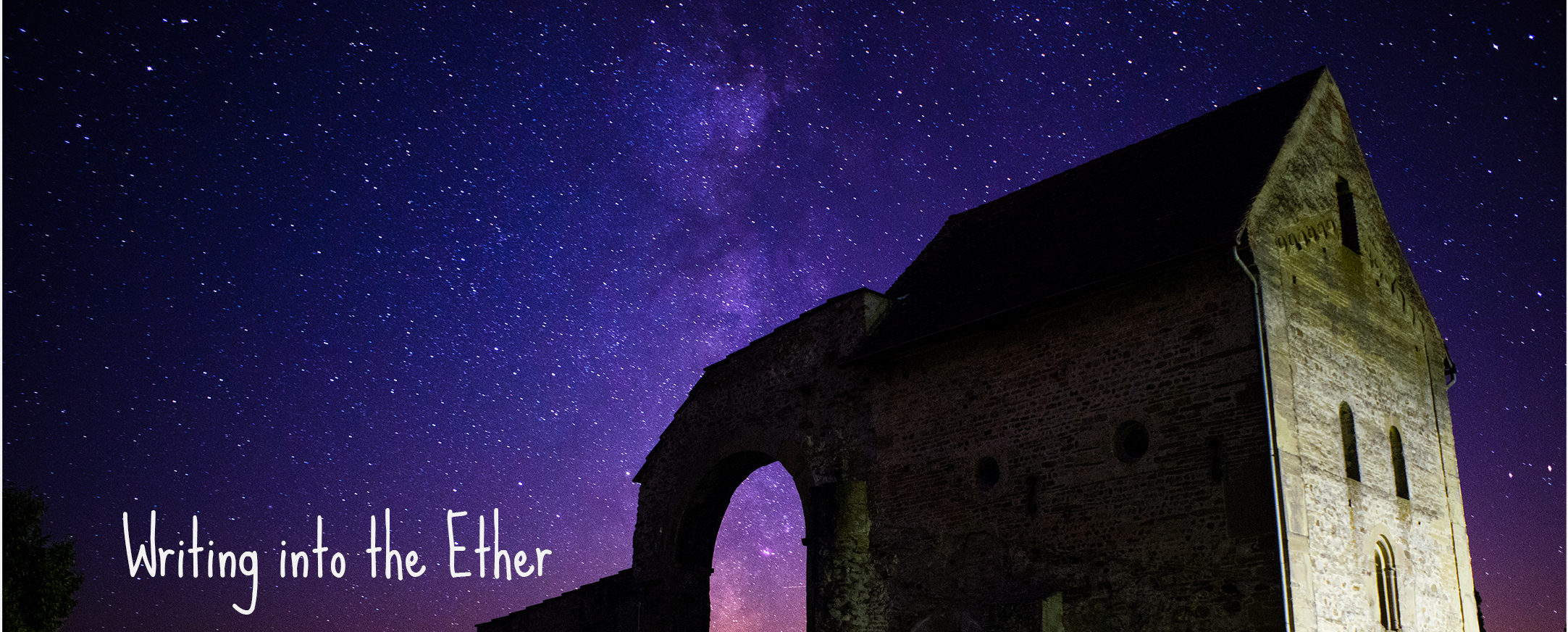What a beautiful start to the May Bank Holiday! It’s one of my favourite holidays – Beltane is here, the summer heat is coming but not too stifling yet… so there’s never a more perfect time to think about death!
My friend and I had been meaning to go on a cemetery tour for ages – it sounds a strange thing for two women in their early 30’s to want to do as an activity, but my friend is a genealogist (Stacey of That’s Genealogy, Baby!) and I’ve a keen interest in feminism and women’s history (plus I am a massive goth and my natural habitat is a cemetery.)
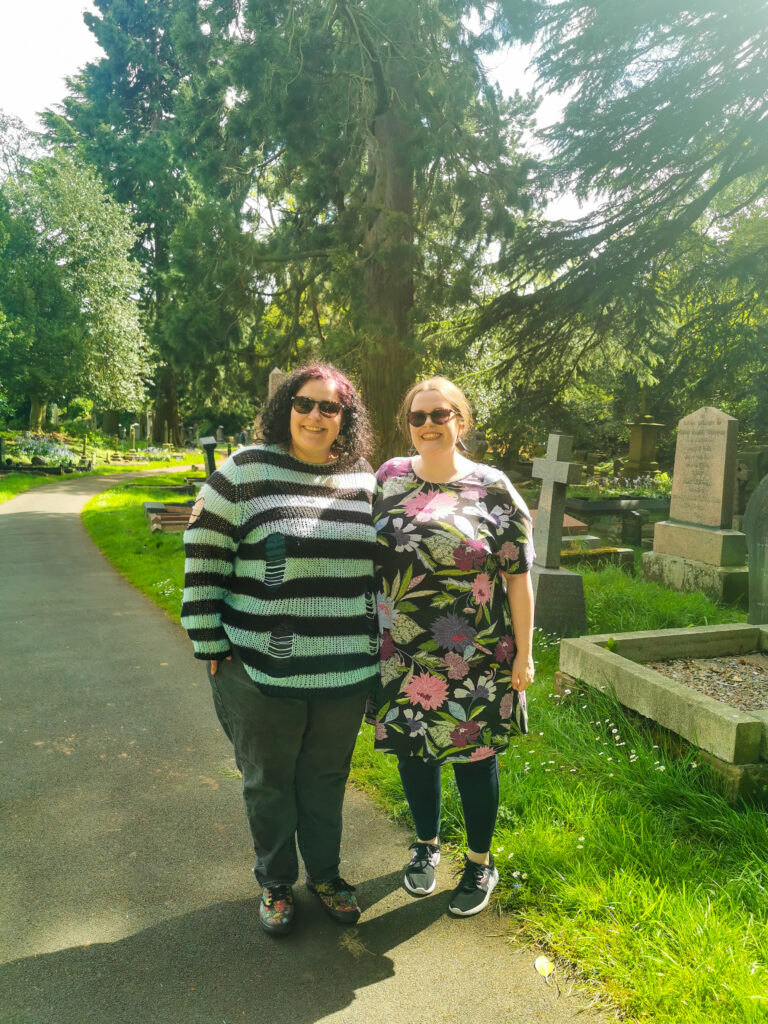
We met the lovely Elizabeth as she took us on a tour of some of the key graves and memorials of women in the London Road Cemetery. There were so many incredible women in their own right – some of which I will go on to discuss further, but what really captured me was the symbology. What I loved about the cemetery was the complete chaos – people from different time periods were all mixed together, to the styles of the graves varied so much in such small clusters.
The cemetery was split by religion – Church of England… and everyone else! We focused on the original chapel and oldest part of the cemetery where we could look into the histories of women there. Unfortunately a lot of what we know about women’s history was their relationship or lack of, with men – there were some women who were memorialised for their own merits. Where a great deal of the women’s graves were shared by their families, their husbands and fathers, children or ancestors, some were buried individually and mostly in more modest graves.
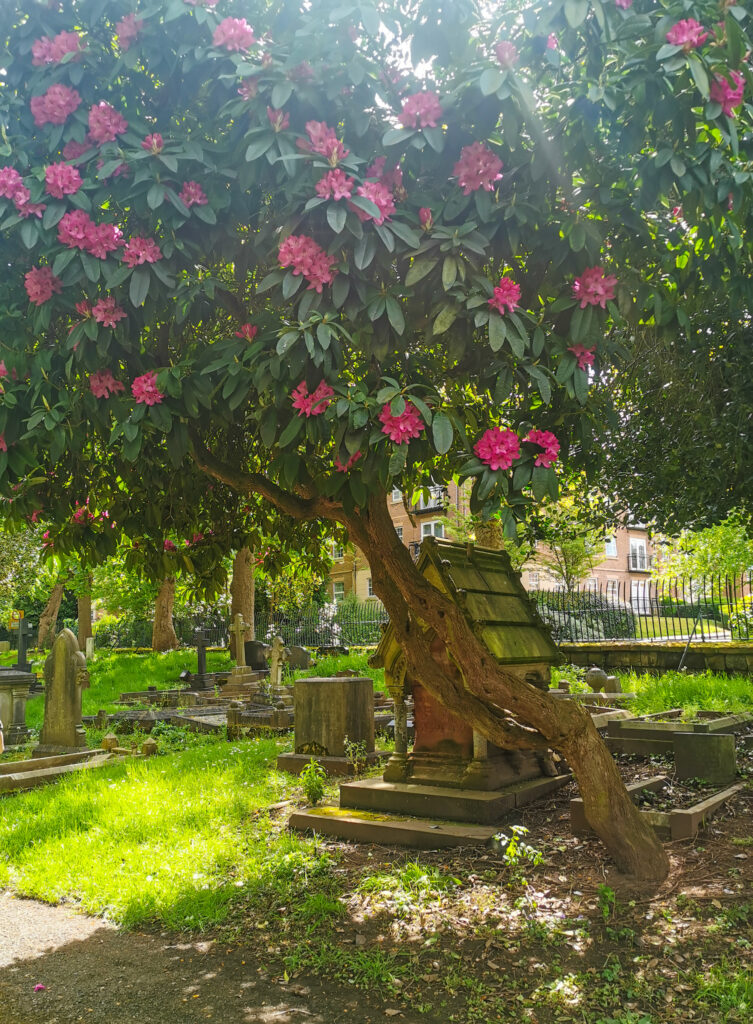
One such woman was Mary Eaves who lived through the 1800’s – a midwife who was said to have successfully delivered around 5000 babies within 28 years. She was entirely illiterate and all of her business was governed by a man who could read and write. Most of the time, she did this work for free, helping those who could not pay for male doctors – most notably with a mortality rate of just 12 individuals – pretty incredible for the time.
A lot of records show women as ‘living by own means’ – not ideal when trying to find out about what women were doing in the meantime. Of course, most were wives and mothers… But what about the others? Were they simply living off inheritance? Were they philanthropists? Artists? Authors? Did they have business interests that they didn’t want to mention for fear they’d be reclaimed? Dare I say it… were they gay? This is all lost to time because women were off-record, rarely owned or inherited businesses or land, and were named for their relationship to their husbands or fathers.
One such woman – Mary Laing (1808-1886) has quite a grand gravestone, with no details at all of who she was or what she did or who her family were – but of course just the prestigious grave size and location indicates she was probably well off. (Undoubtedly, my genealogist friend will be able to find some details!)
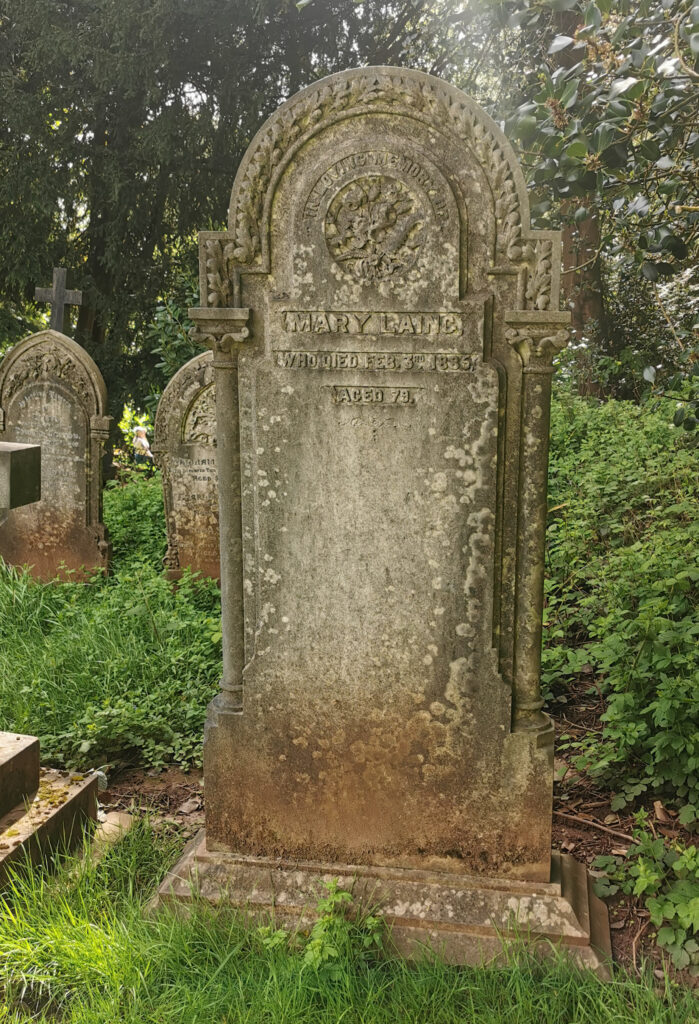
On this side of the social spectrum there were incredibly large and grandiose graves. This is where I started to notice the symbology and became quite intrigued by their meanings, and also the general style of the graves and how they favoured at certain times. I learned so much that it is impossible to write it all down, but here are a few pictures of the graves there, and the meanings of the symbols (as told by my guide and later looked up here.)
Please enjoy these pictures of some of the symbols and their quick-fire meanings!
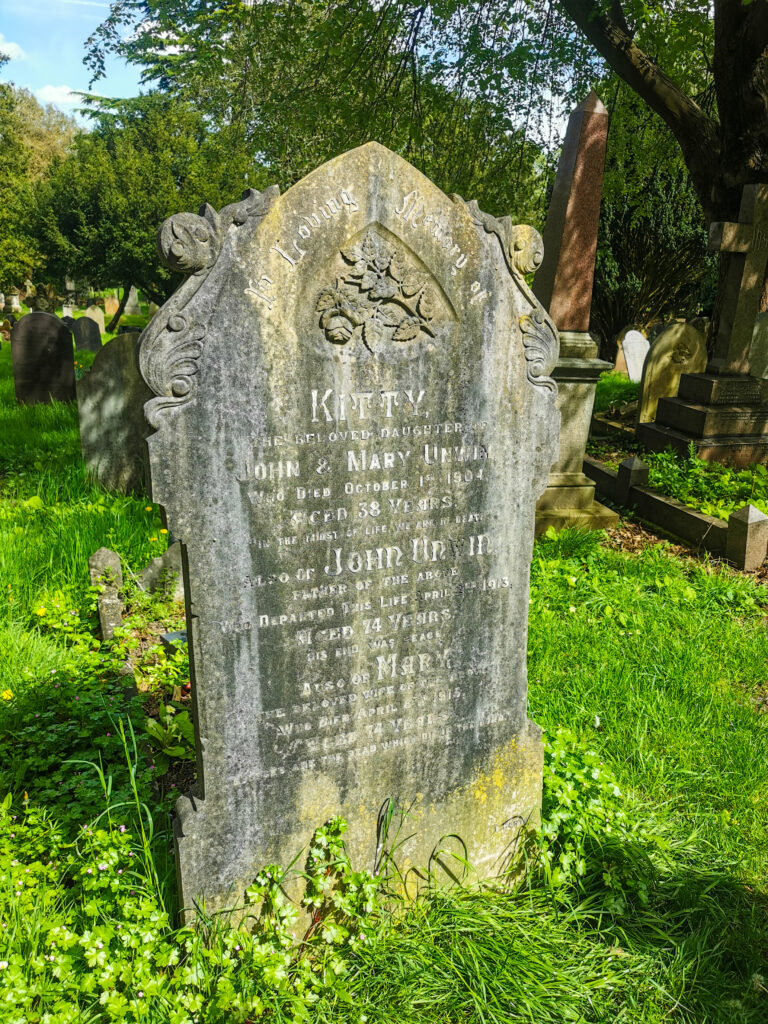
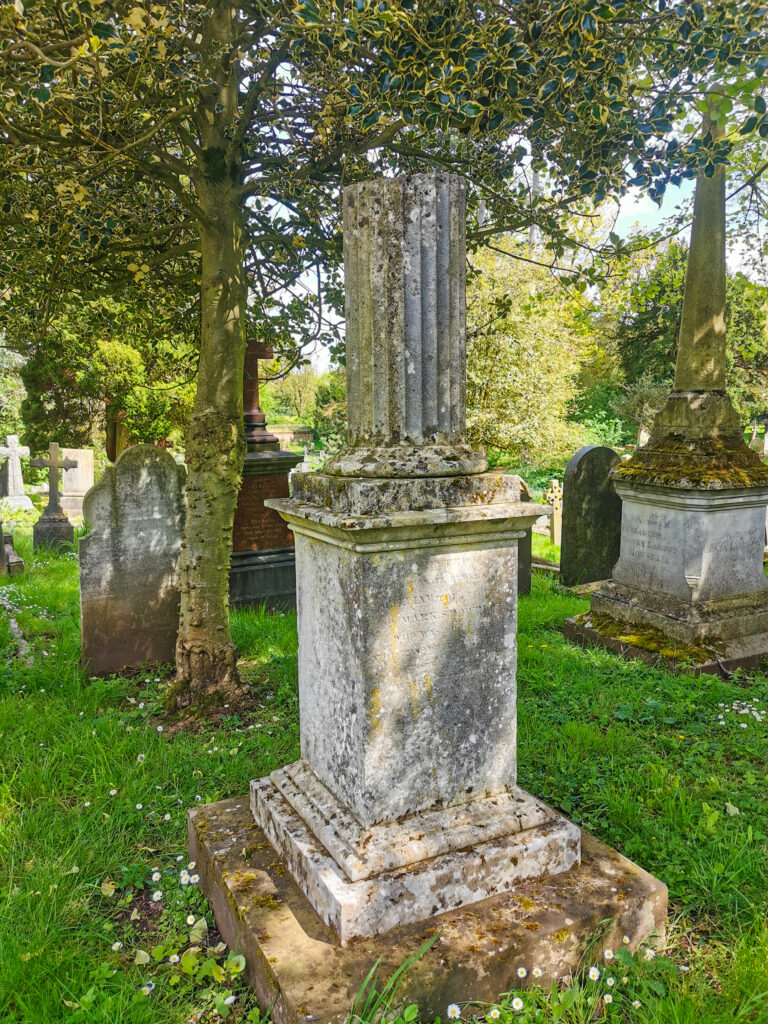
A broken column was often a symbol of a man who was struck down in his prime (pretty phallic, not gonna lie) and the same symbol for a woman of the same situation was a broken rose (as seen above.) Crosses (as seen below) are a common occurrence for obvious reasons (being a Christian cemetery) with Celtic designs being quite prominent, and ‘natural wood’ looking crosses popping up too, apparently created for the hymn The Old Rugged Cross.
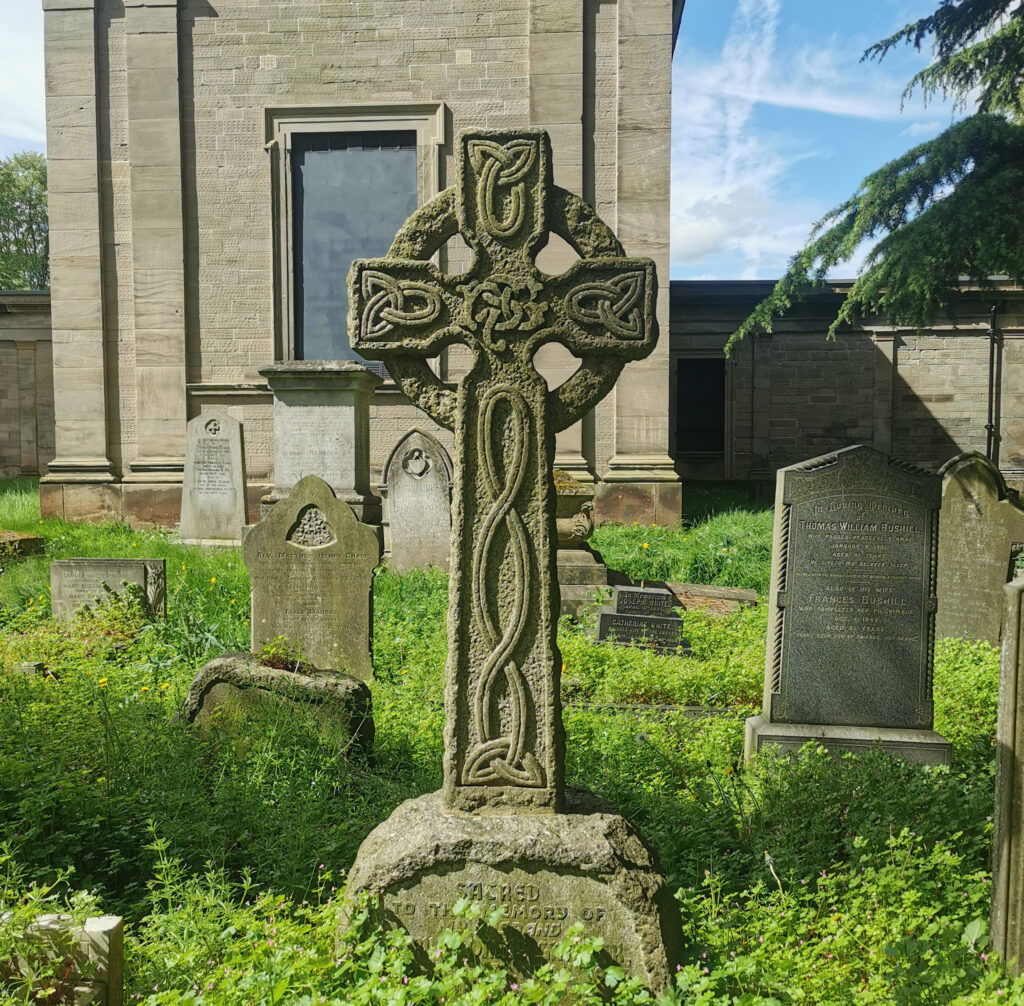
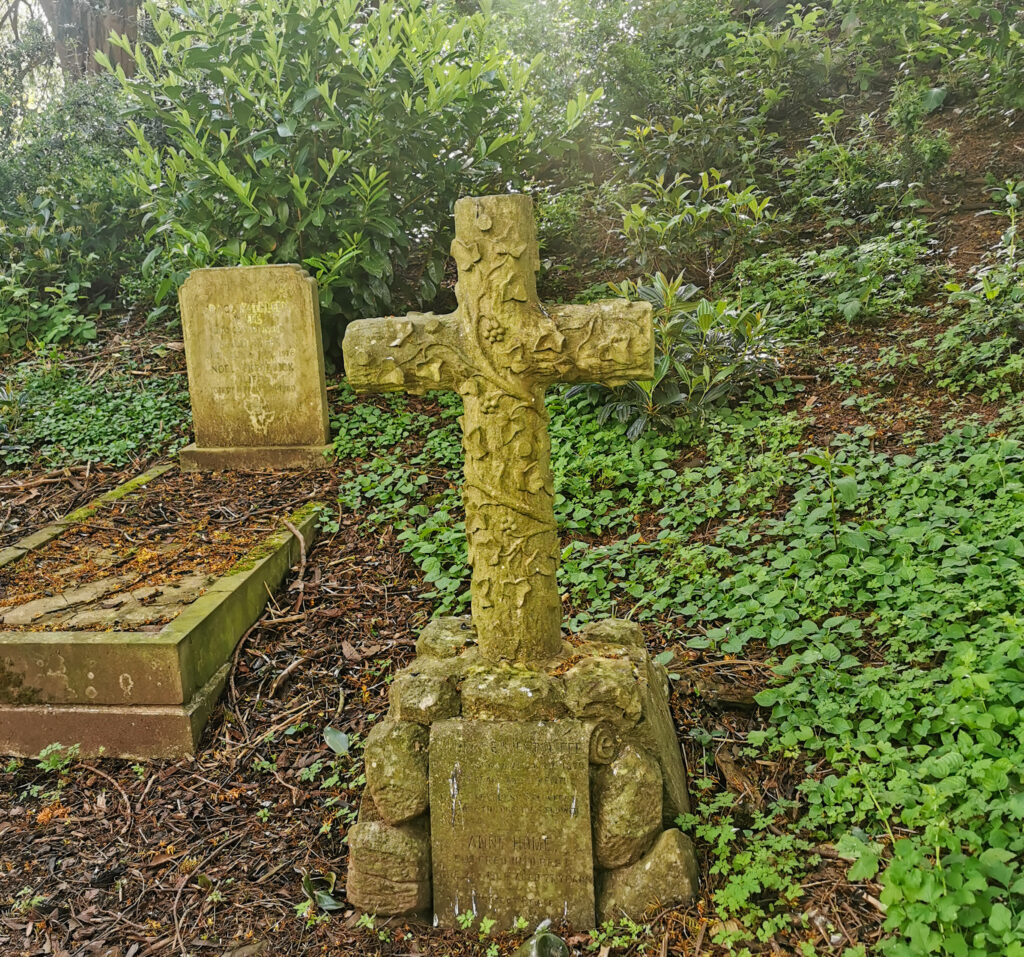
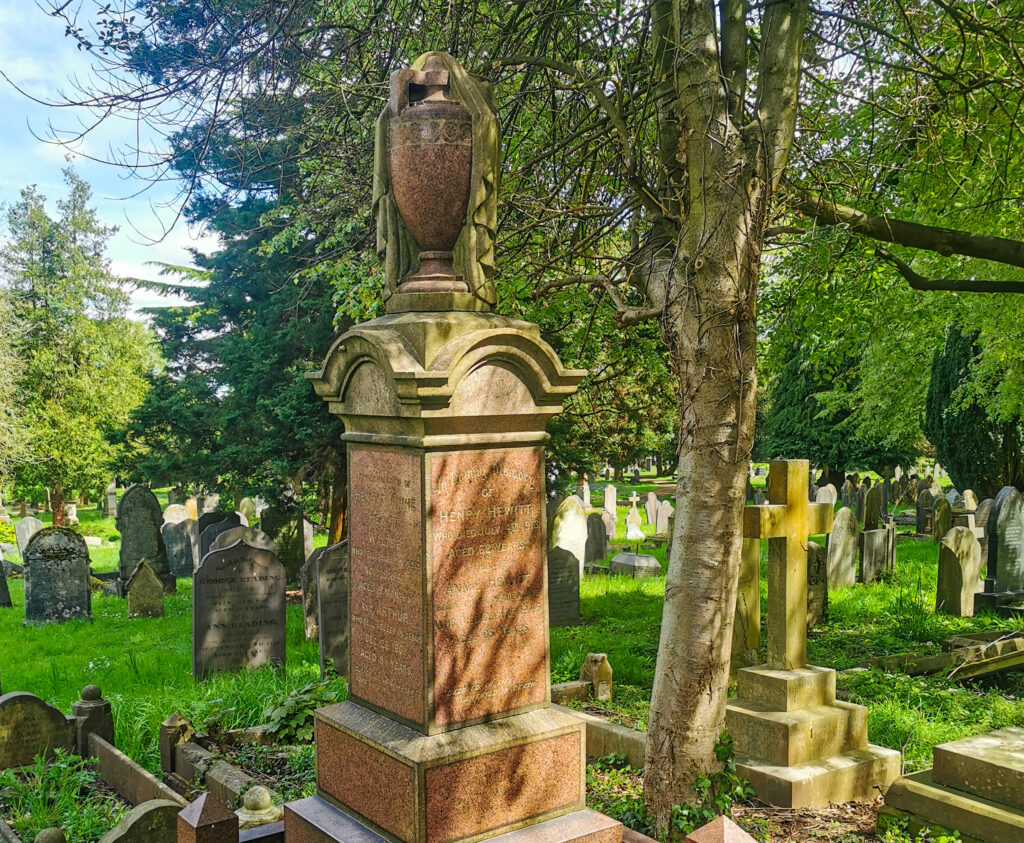
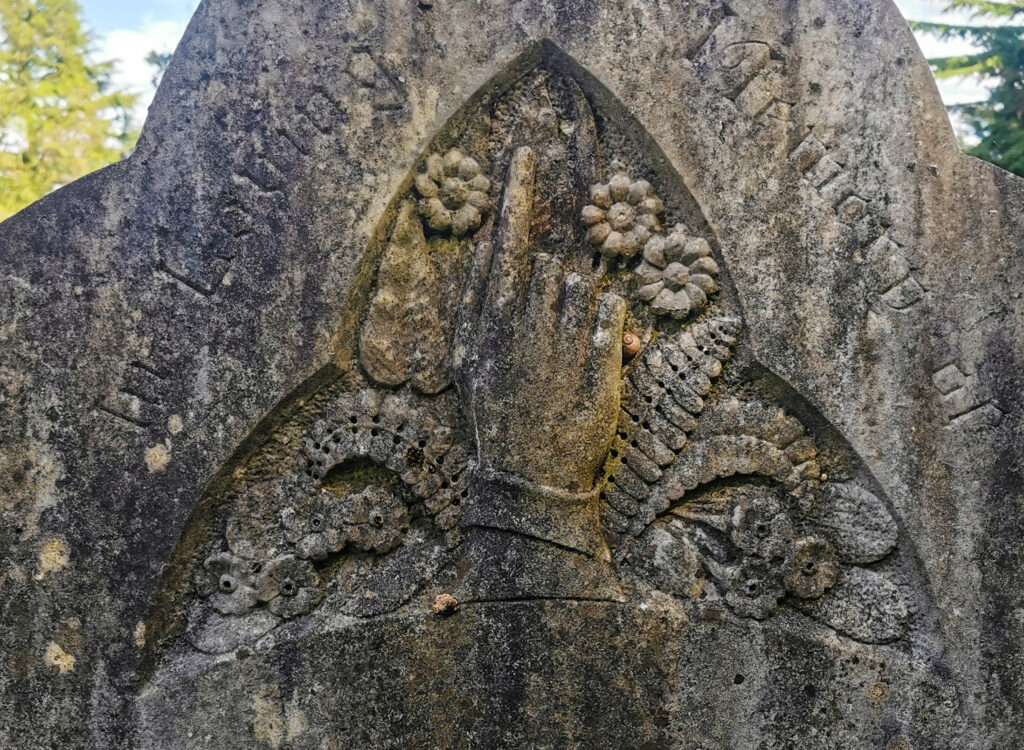
Recurring just a few times and copying Grecian trends – the veiled urn symbolises death’s ‘final curtain’ draped over the vessel of the soul. Hands pointing towards heaven to show the soul where to go, and doves (that represent freedom of the spirit, resurrection and eternal life) were quite frequent. On the memorial below, ivy laces the top – not an easy or cheap design to carve so quite special. It also represents eternity and the triumph of God over death.
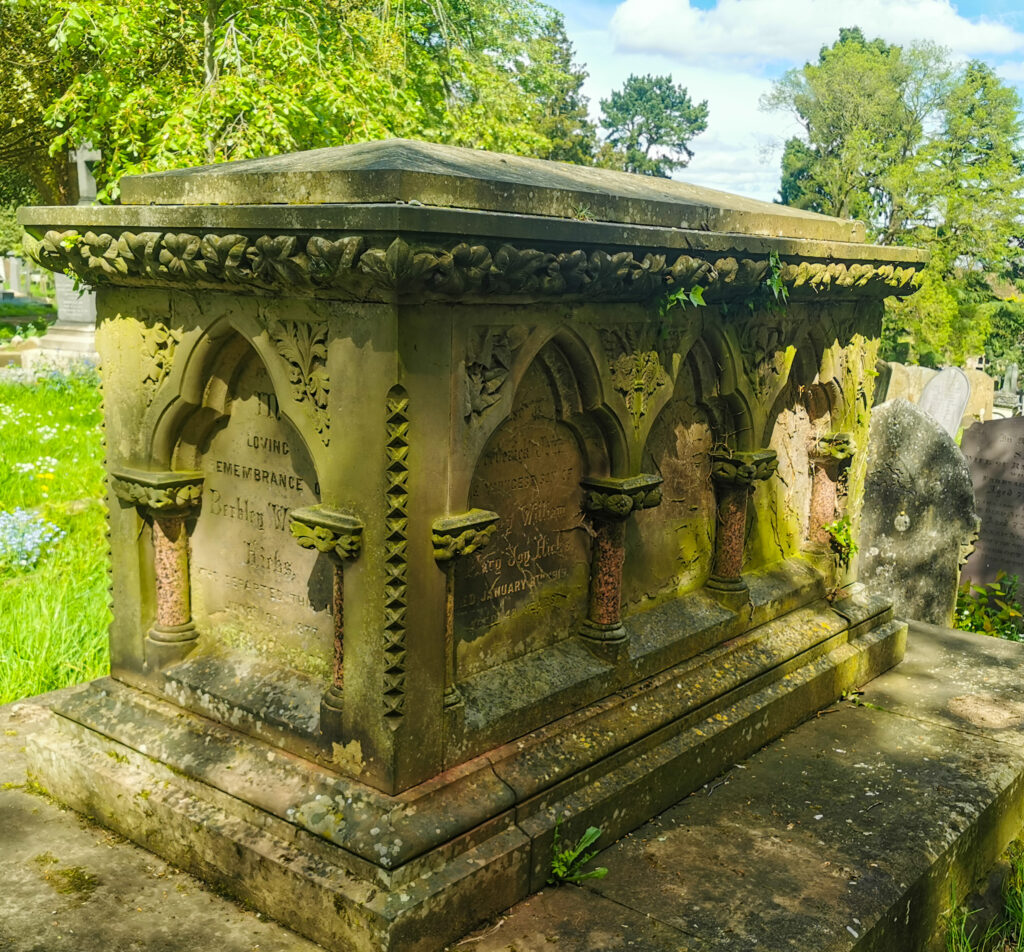
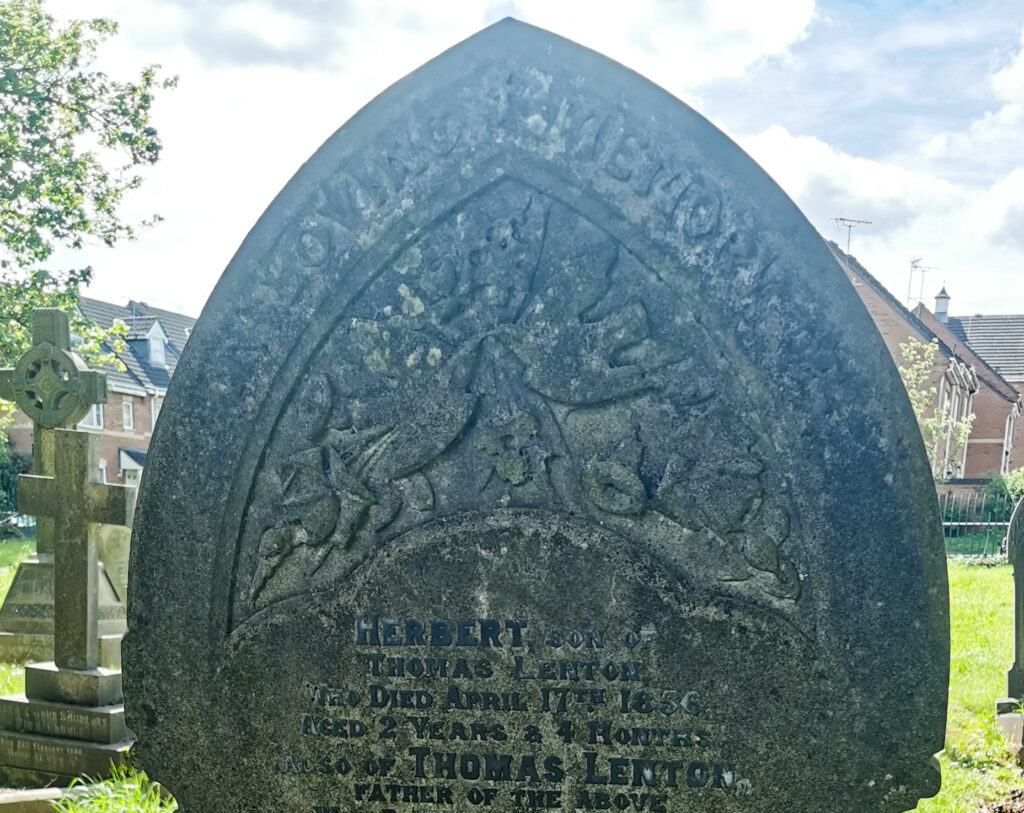
There are so many more to record and review. I really enjoyed my time at the cemetery – it is a place of rich and vibrant history and is also a calm, soothing and beautiful place to spend time. I wish I’d taken my book with me to enjoy sitting there beneath the trees. It was a wonderful tour by the Historic Coventry Trust too – thanks for sharing so much knowledge with me!
